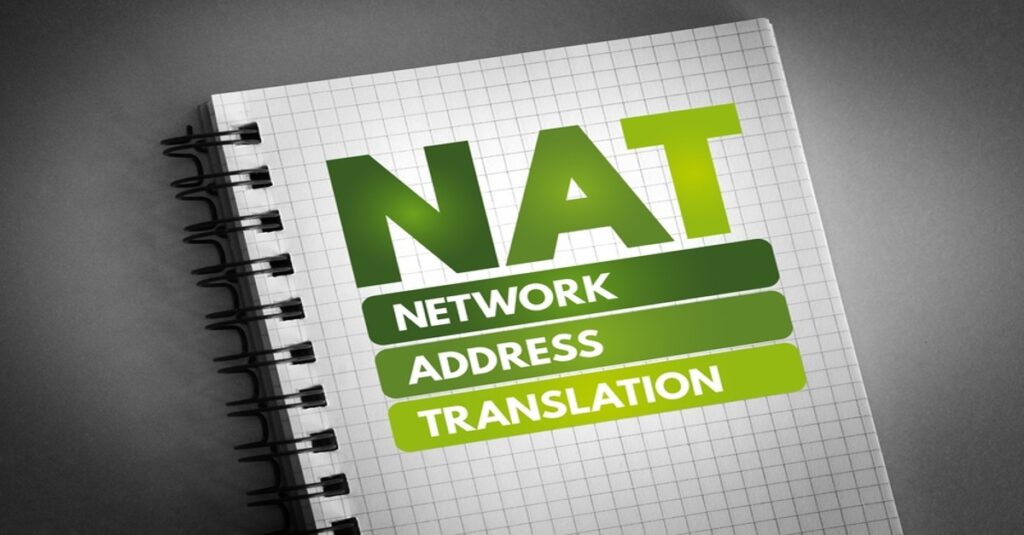IPv6 will someday fully replace IPv4. Everyone knows that. What’s unknown is when.
The first publication of the IPv6 protocol was in 1995. Most people thought IPv6 would be the primary internet protocol by now. Yet, according to Google, IPv6 adoption among Google users is currently at 40%. Therefore, IPv4 is still the dominant internet connection protocol.
Transitioning to IPv6
Why is it taking so long to transition to IPv6? There are many reasons.
Migrating to IPv6 is costly and time-consuming, requiring upgrading (or replacing) existing network hardware and software. This migration can include routers, switches, and operating systems. It’s especially problematic for small and regional broadband providers, which don’t have the financial resources of large carriers.
Staffing can be another issue. Most technical personnel who work for ISPs spend their time building and managing IPv4 networks. Migrating to IPv6 can require additional skills and training.
Compatibility is another issue. IPv6 isn’t backward-compatible with IPv4, so ISPs must manage IPv4 and IPv6 networks simultaneously during the migration.
IPv4 Exhaustion and Carrier Grade NAT (CGNAT)

Since most ISPs still use IPv4, how can they deal with IPv4 scarcity?
Many broadband providers are turning to CGNAT, which helps conserve IPv4 addresses by sharing them among many subscribers. CGNAT enables hundreds or thousands of devices to share one public IP address. This allows service providers to prolong the use of IPv4 addresses and efficiently manage their pool of scarce IPv4 addresses. As a result, growing ISPs can now support more subscribers without depleting their IPv4 address pool. It also reduces the need to purchase expensive IPv4 addresses in the open market.
Which CGNAT Solution is Right for You?
The best CGNAT solution depends on your needs. For example, many large carriers want the most advanced CGNAT solutions and are willing to pay higher prices. Traditional CGNAT solutions are designed based on Tier 1 carrier requirements and have high prices. Small or regional ISPs may want the essential CGNAT features but not the advanced features that come with a cost.
Most traditional, legacy CGNAT solutions run on proprietary hardware. And many still do. Unfortunately, proprietary solutions limit both choice and flexibility. They’re also expensive.
An Alternative to High-Priced CGNAT Solutions
netElastic CGNAT is a good option for broadband providers evaluating alternatives to expensive, legacy CGNAT products. netElastic’s software-based CGNAT is built on high-performance virtual router technology and has a scalable architecture. In addition, it delivers high translation performance while supporting a broad range of additional routing capabilities. While traditional CGNAT solutions run on expensive proprietary hardware, netElastic CGNAT runs on commodity, x86 servers.
HighStream Fiber, an internet service provider (ISP) in Alabama (United States), chose netElastic CGNAT to conserve their IPv4 addresses and enable their growth. Dane Miller, a network engineer at HighStream, stated, “By incorporating netElastic into your network to run CGNAT, you can efficiently place thousands of customers behind a small pool of addresses instead of assigning each one a public IP address. netElastic can log NAT translations to the underlying Linux or a log server for easy auditing. Purchasing a router with CGN capabilities from a major vendor or opting for another CGN appliance vendor may cost up to 10 times more.”
For ISPs looking to conserve IPv4 addresses, netElastic CGNAT supports up to 100 subscribers per address. It also has built-in support for application gateways to ensure applications run continuously and transparently with CGNAT.
netElastic focuses on fixed broadband only, enabling its CGNAT to achieve 3-4 times more bandwidth performance than similarly priced solutions. Using DPDK and advanced packet processing, netElastic CGNAT can achieve near-line-rate throughput on 10G, 25G, 40G, and 100G interfaces. As mentioned, it’s also highly scalable (scales by cores) and can deliver 10 Gbps to up to 1 Terabit per server. netElastic can support over 50,000 subscribers per CGNAT router.
In summary, netElastic CGNAT may be an ideal solution to conserve IPv4 addresses and costs – and support your ISP’s growth. For more information, please read the white paper: Can Implementing CGNAT be Easy and Affordable?

